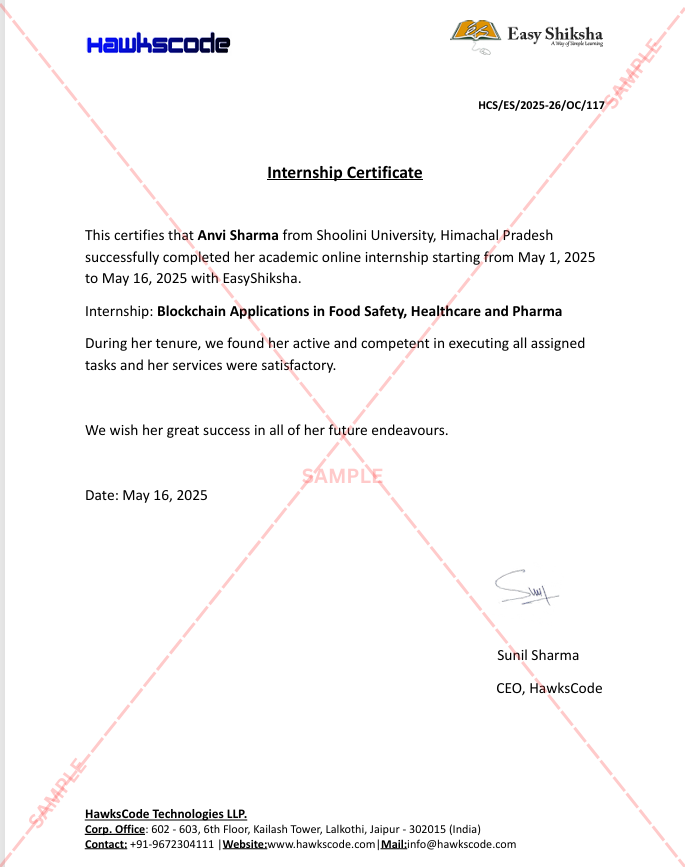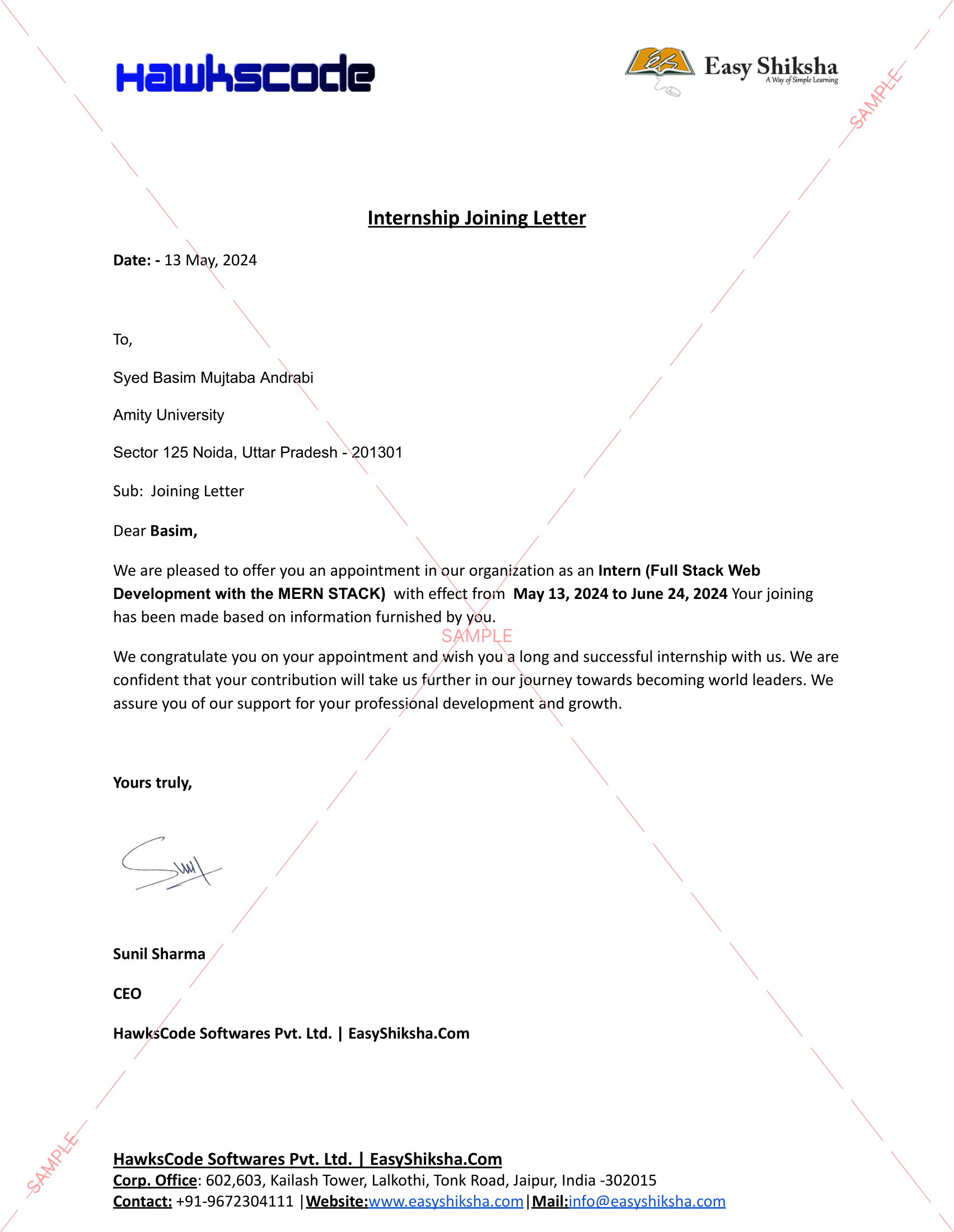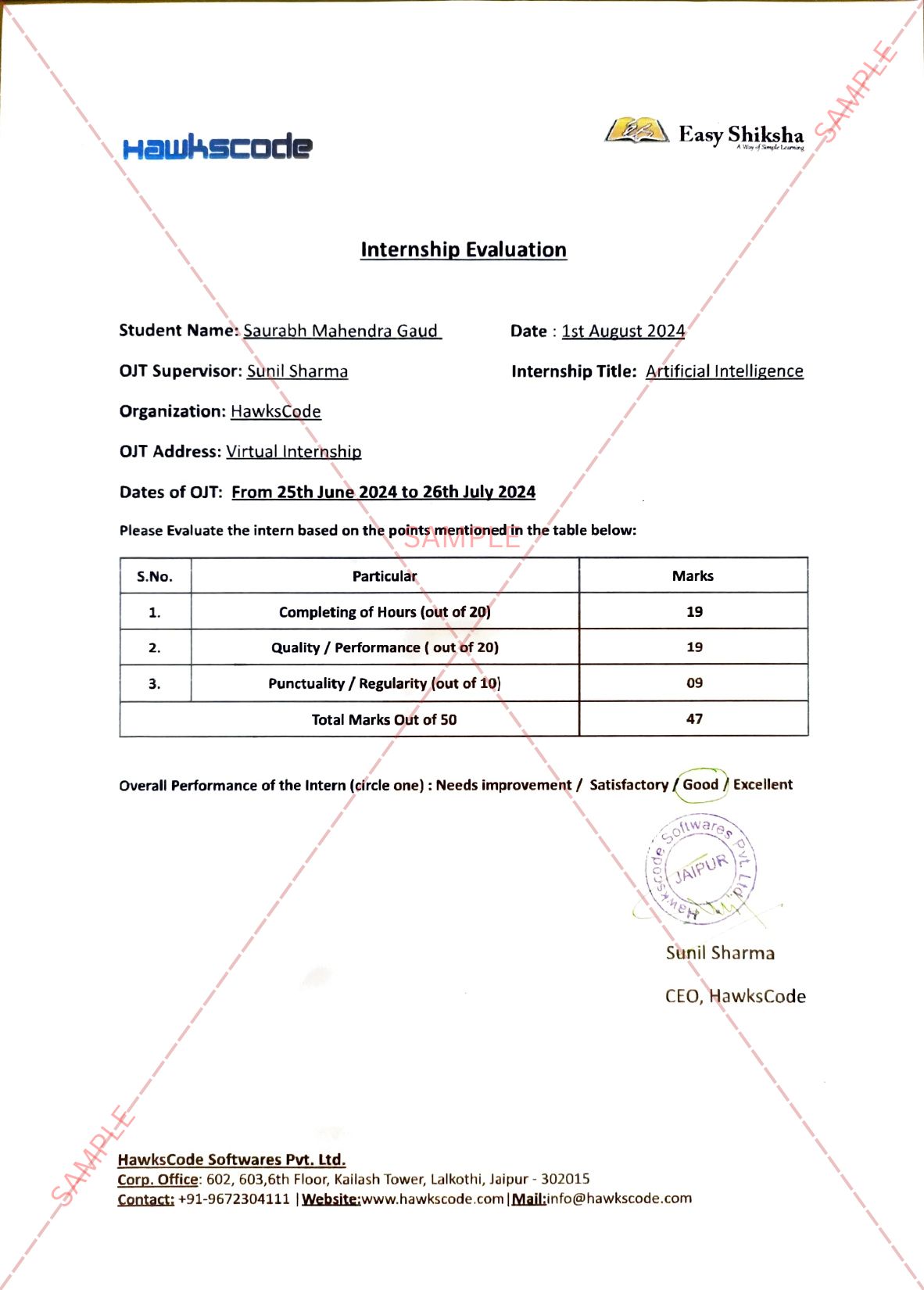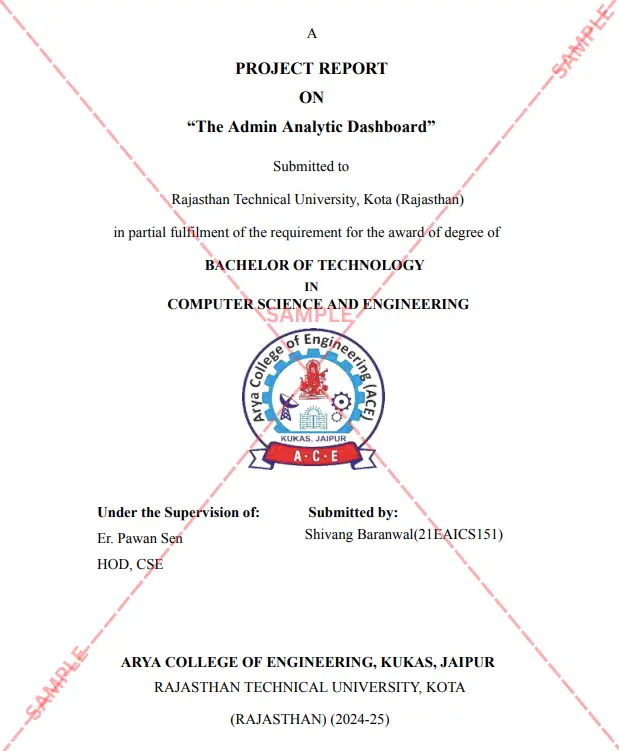










Artificial Photosynthesis Advance: Standalone Device Converts Sunlight CO2 and Water Into Clean Fuel
Researchers have developed a standalone device that converts sunlight, carbon dioxide, and water into a carbon-neutral fuel, without requiring any additional components or electricity. The device, developed by a team from the University of Cambridge, is a significant step toward achieving artificial photosynthesis — a process mimicking the ability of plants to convert sunlight into energy. It is based on an advanced ‘photosheet’ technology and converts sunlight, carbon dioxide and water into oxygen and formic acid — a storable fuel that can be either be used directly or be converted into hydrogen.
Harvesting solar energy to convert carbon dioxide into fuel is a promising way to reduce carbon emissions and transition away from fossil fuels. However, it is challenging to produce these clean fuels without unwanted by-products.“It’s been difficult to achieve artificial photosynthesis with a high degree of selectivity, so that you’re converting as much of the sunlight as possible into the fuel you want, rather than be left with a lot of waste,” said first author Dr. Qian Wang from Cambridge’s Department of Chemistry.
“In addition, storage of gaseous fuels and separation of by-products can be complicated — we want to get to the point where we can cleanly produce a liquid fuel that can also be easily stored and transported,” said Professor Erwin Reisner, the paper’s senior author.
Back in 2019, a solar reactor based on an “artificial leaf” design was developed by scientists from Reisner’s group. This solar reactor also makes use of water, carbon dioxide, and sunlight to generate fuel called syngas.
The appearance and behavior of the novel technology are quite similar to the artificial leaf but it functions in a different way and generates formic acid.
While solar cell components are used by the artificial leaf, the latest device eliminates the need for such components and depends only on photocatalysts integrated into a sheet to generate what is called a photocatalyst sheet. The photocatalyst sheets are composed of semiconductor powders, which can be prepared in huge amounts in a simple and economical way.
Moreover, the novel technology is stronger and generates clean fuel that is simpler to store and demonstrates the ability for generating fuel products at scale. The test unit measures only 20 cm2 in size, but according to the team, it can be easily scaled up to several square meters. The formic acid can also be collected in solution and can be chemically transformed into different kinds of fuel.
The researchers are now working to further optimise the system and improve efficiency. Additionally, they are exploring other catalysts for using on the device to get different solar fuels.
"We hope this technology will pave the way toward sustainable and practical solar fuel production". I hope you like this blog, to learn more visit HawksCode and Easyshiksha.
More News Click Here

Discover thousands of colleges and courses, enhance skills with online courses and internships, explore career alternatives, and stay updated with the latest educational news..

Gain high-quality, filtered student leads, prominent homepage ads, top search ranking, and a separate website. Let us actively enhance your brand awareness.